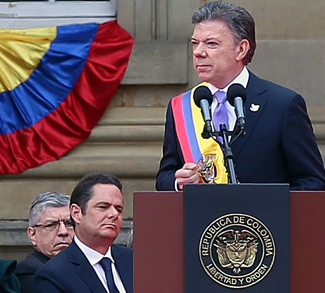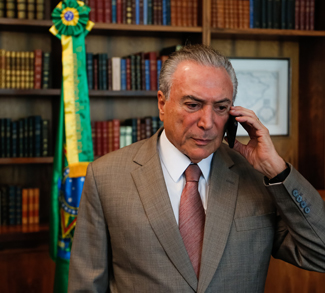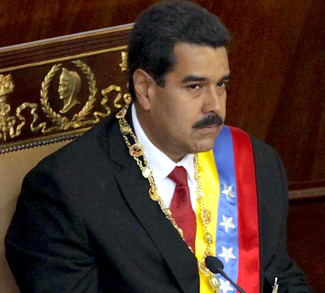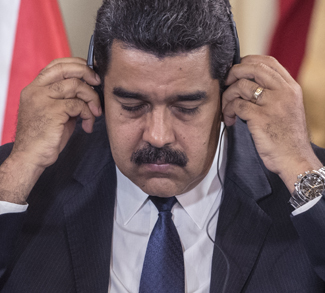Summary
Since voters narrowly shot down a peace accord between the Colombian government and the Revolutionary Armed Forces of Colombia — People’s Army (or the FARC as it is known in Spanish) last month, negotiators have been feverishly working to amend the agreement and preserve Colombia’s shaky peace process.
The shock rejection of a painstakingly negotiated agreement to end the country’s 52-year-old civil war led to changes being made to all but one of the 57 points in the original plan. But in a sign of official nervousness the new agreement is not being submitted to voters in another referendum, but instead being presented to the Colombian Congress for its approval. The government of President Juan Manuel Santos has a safe working majority there and the new deal is expected to pass easily.
Five decades of armed conflict in Columbia has killed over 260,000 people and displaced millions of Colombian citizens internally, and war weariness had been expected to win voters around. But the fighting has also left a legacy of bitterness towards the FARC, which contributed to voters rejecting the first peace agreement as too lenient on the rebel leadership. Resistance to the peace process is still ongoing, led by controversial former President Alvaro Uribe, who is a vociferous opponent of the Marxist FARC movement and who greatly weakened it whilst in office.
Uribe argues that the recent changes made to the deal going before Congress, which include exhaustive revelations by the rebels about their drug trafficking activities, a handing over of these profits to pay reparations, and a ten-year limit on the agreement’s transitional justice program, are cosmetic and that the new peace accord doesn’t go far enough in punishing rebels who committed atrocities. However, President Santos has argued there is no more space for negotiation, especially as a string of land reform activists and human rights defenders have recently been murdered, upsetting potential FARC sympathizers in combustible rural areas.
Background
International drugs trade. Colombia became a global hub for cocaine production in the 1980s and since that time the FARC has controlled as much as 70% of the Colombian coca crop and about 40% of world supply of the drug. Now there are concerns that as the guerrillas move into “pre-concentration” zones while waiting for a final peace deal with the Colombian government to be officially implemented, they are leaving behind a power vacuum in areas with a weak state presence and strong illegal economies, often (but not always) linked to the drugs trade. Few observers expect that with the money to be made from drugs the end of the civil war will mean the end of Columbia’s struggle against drug trafficking.




